How the 80s changed the way we listen to music
The 1980s were a whirlwind of musical innovation and transformation, marking a pivotal era in the music industry. This decade saw technology and creativity merge, resulting in the birth of iconic sounds and unforgettable trends.
From the advent of music videos to the rise of mega pop stars, the 80s reshaped how we experience music. As we delve into this era, we’ll explore some of the groundbreaking changes that defined music for generations to come.
The Birth of MTV: Music Videos Take Center Stage
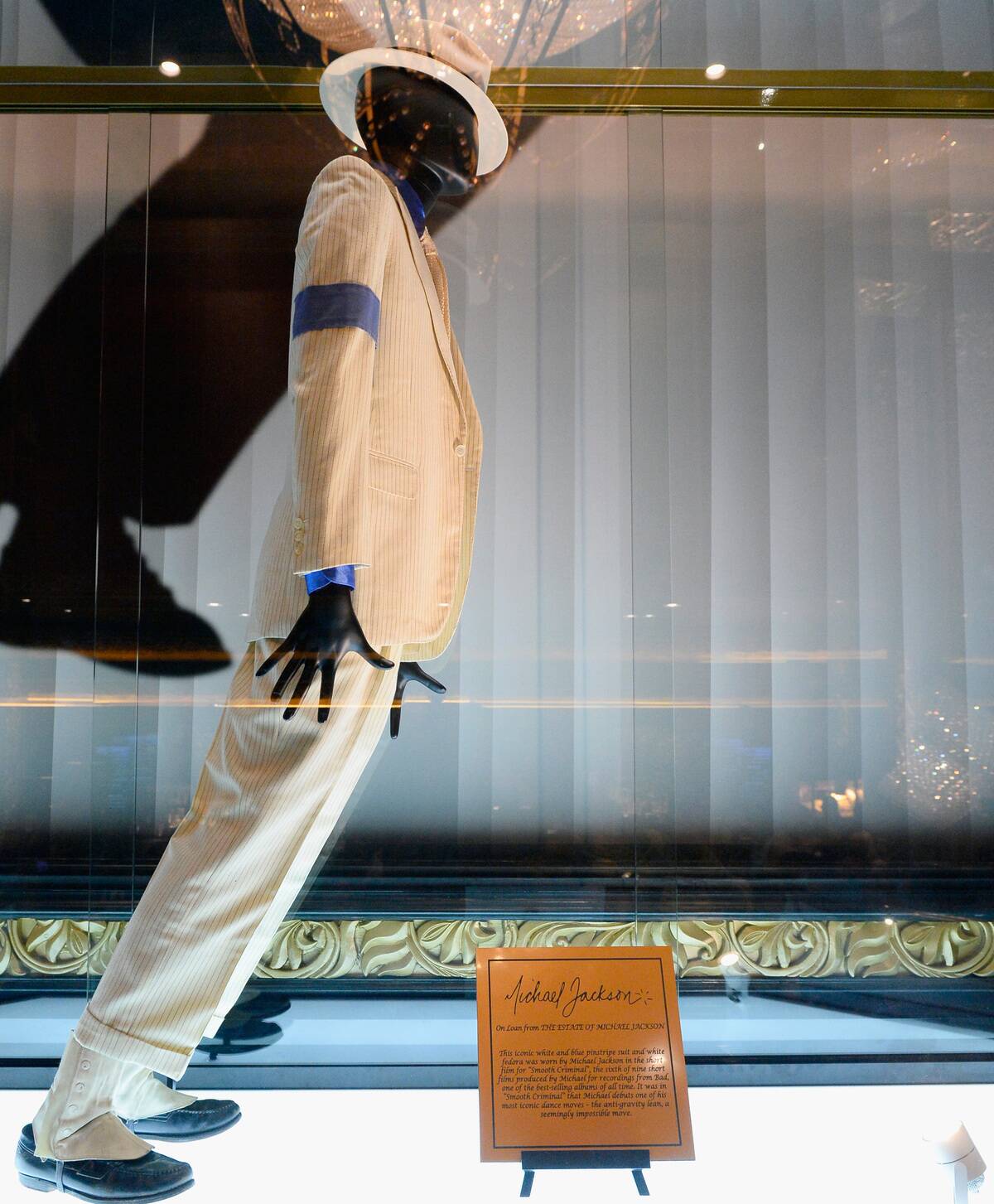
When MTV launched on August 1, 1981, it forever altered the way we consumed music. The first video aired was ‘Video Killed the Radio Star’ by The Buggles, a fitting start to a new era.
MTV not only showcased artists but also elevated them to visual icons, with musicians like Madonna and Michael Jackson using the platform to amplify their stardom. The channel’s influence quickly grew, making music videos a vital part of an artist’s success.
The Walkman Revolution: Personal Music on the Go
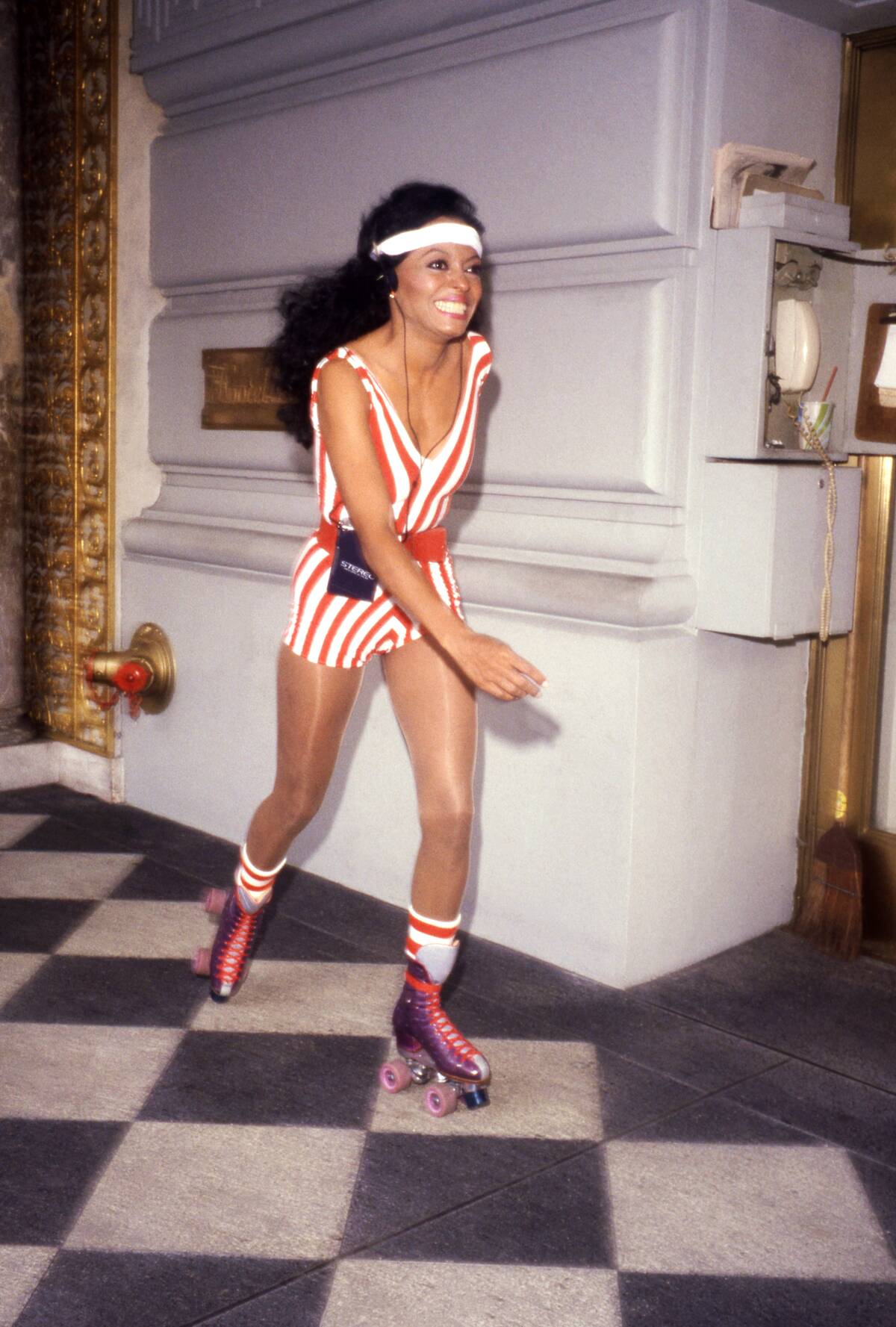
Sony’s Walkman, introduced in 1979, gained immense popularity in the 80s, revolutionizing how people listened to music. This portable cassette player allowed music lovers to take their favorite tunes anywhere, fostering a culture of personal music enjoyment.
The Walkman not only changed listening habits but also influenced fashion, with its iconic design becoming a symbol of 80s innovation and independence. It was a cultural phenomenon that empowered individuals to curate their own soundtracks on the go.
Synthesizers and Drum Machines: The Rise of Electronic Sounds
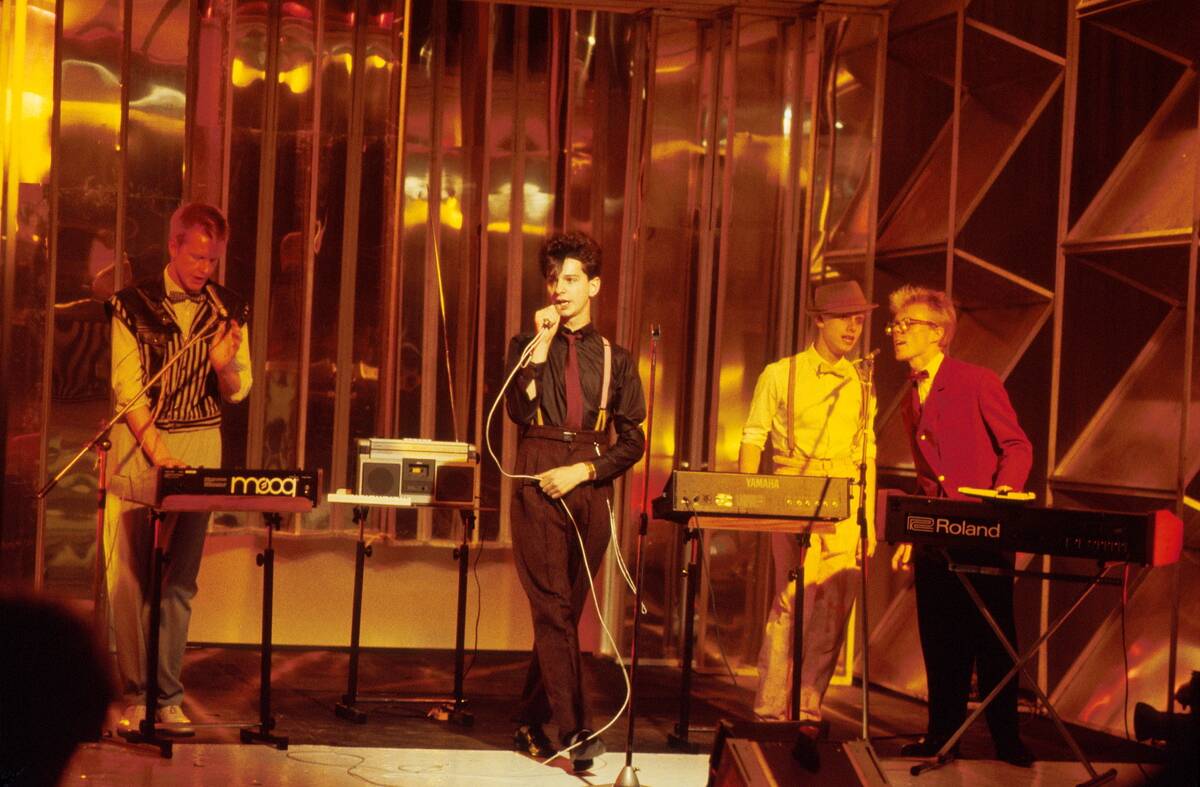
The 80s saw an explosion in the use of synthesizers and drum machines, bringing electronic music to the forefront. Bands like Depeche Mode (pictured) and Kraftwerk pioneered this new sound, creating music that was both futuristic and danceable.
The Roland TR-808 drum machine, in particular, became a staple in studios, offering distinctive beats that defined many hits of the era. These technologies expanded the creative possibilities for artists, giving rise to entire genres such as synth-pop and electronic dance music.
The Compact Disc: Crystal Clear Audio and the Death of Vinyl?
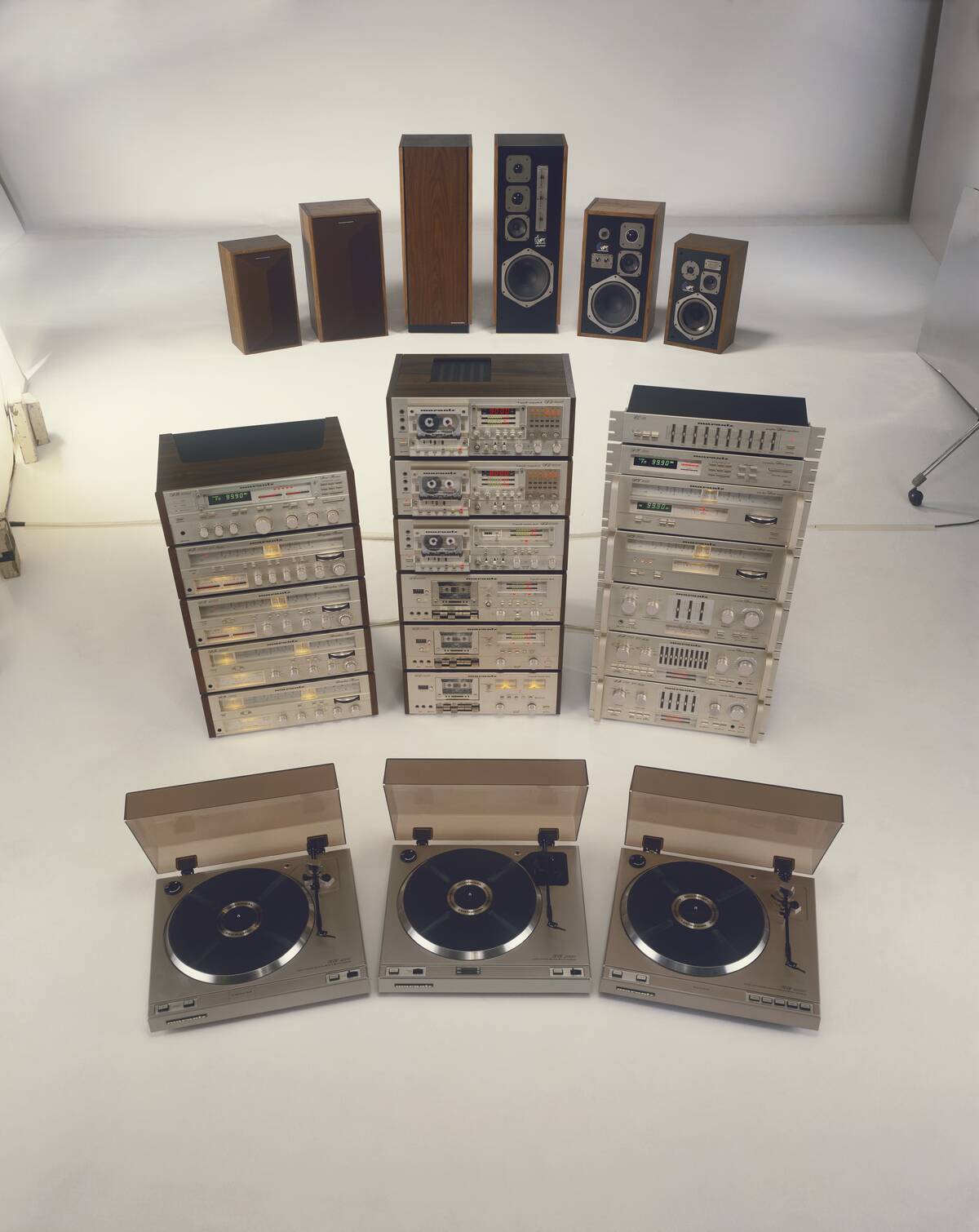
Introduced in 1982, the compact disc (CD) promised crystal-clear audio quality, quickly becoming the preferred format for music lovers. While vinyl records remained popular among enthusiasts, CDs offered durability and convenience that appealed to the masses.
By the late 80s, CDs had overtaken vinyl in sales, marking a significant shift in the industry. This transition not only changed how music was consumed but also paved the way for digital formats that would emerge in the following decades.
The New Wave Movement: Pop Meets Punk and Disco
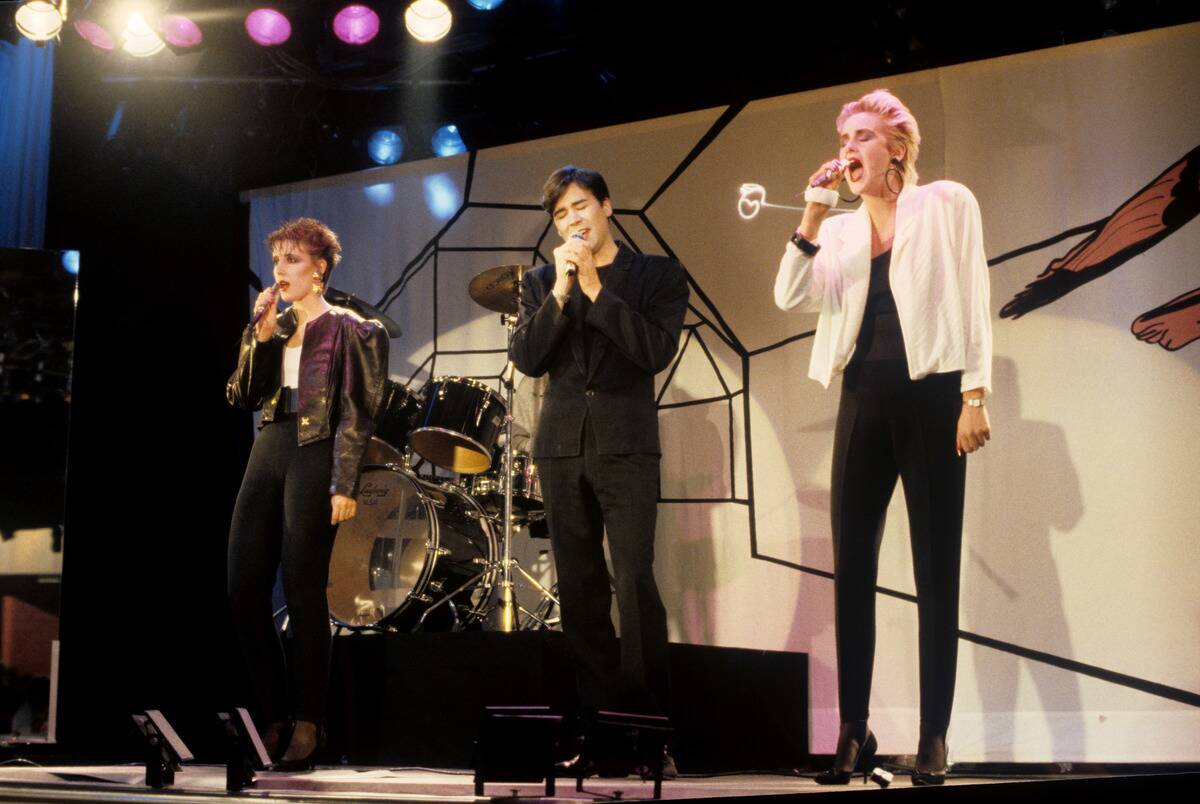
New Wave emerged as a fresh, eclectic mix of punk’s rebellious spirit, disco’s danceability, and pop’s catchy melodies. Bands like Talking Heads and Blondie led the charge, offering music that was both innovative and accessible.
New Wave wasn’t just a genre—it was a cultural movement that embraced fashion and visual artistry. This era saw an explosion of creativity, as artists experimented with sounds and styles, resulting in a diverse array of music that still resonates today.
Hip-Hop Emerges: From the Streets to Mainstream
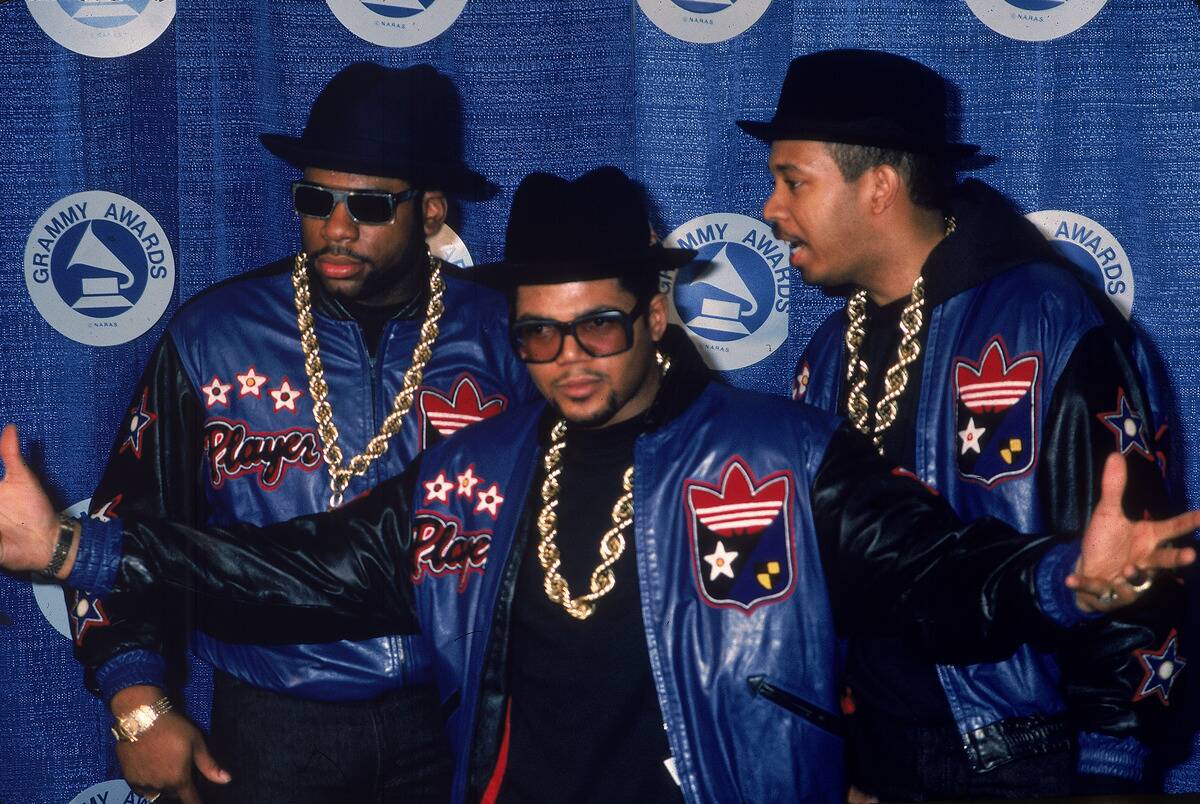
Born in the streets of the Bronx, hip-hop exploded onto the scene in the 80s, with artists like Run-D.M.C. (pictured) and LL Cool J bringing it to mainstream audiences. This genre provided a voice for urban youth, addressing social issues and offering a new form of musical expression.
The Sugarhill Gang’s ‘Rapper’s Delight’ became one of the first hip-hop hits to gain widespread attention, helping to pave the way for the genre’s growing influence. By the end of the decade, hip-hop had firmly established itself as a cultural force.
The Power Ballad: Rock Bands’ Softer Side
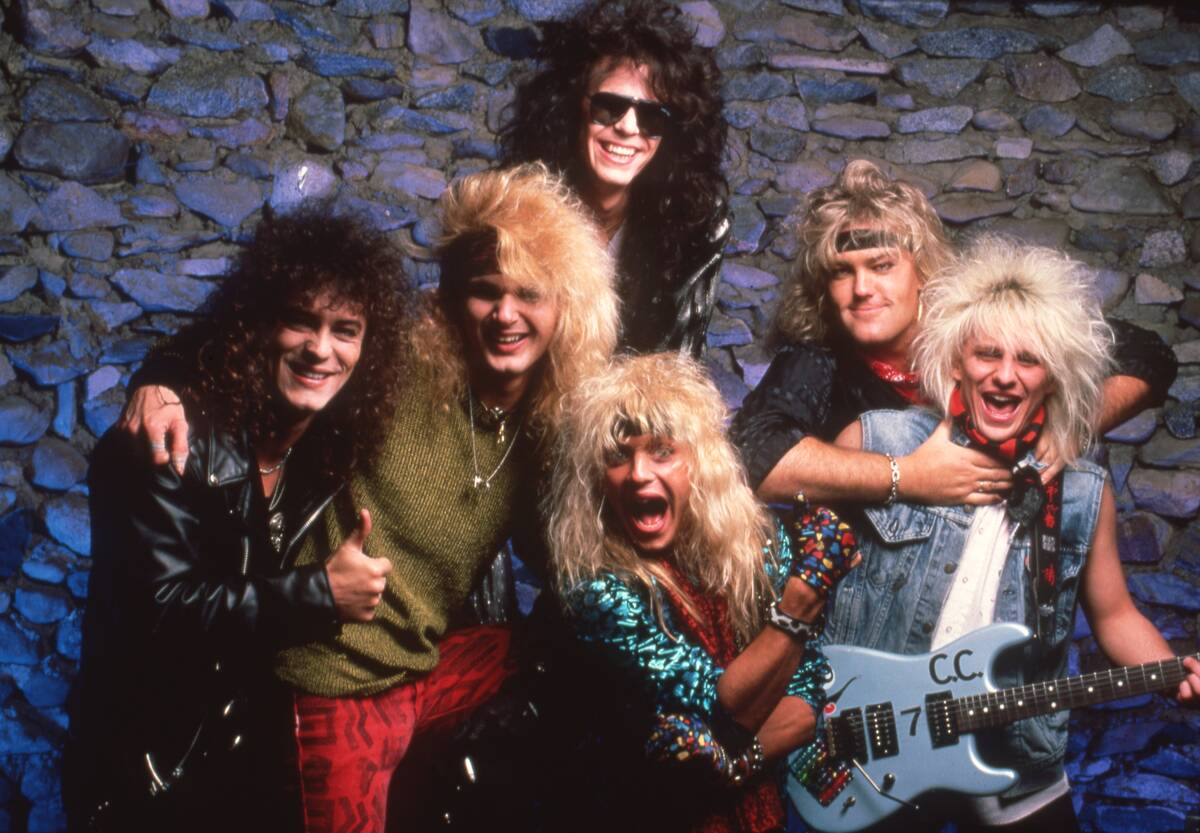
The 80s were the era of the power ballad, where rock bands showcased their softer, emotional side. Songs like ‘Every Rose Has Its Thorn’ by Poison and ‘I Want to Know What Love Is’ by Foreigner became anthems of love and longing.
These ballads often featured soaring vocals and dramatic instrumentals, capturing the hearts of fans worldwide. The power ballad became a staple in rock albums, providing a contrast to the high-energy tracks and proving that even the toughest rockers had a tender side.
Music Television Networks: Beyond MTV
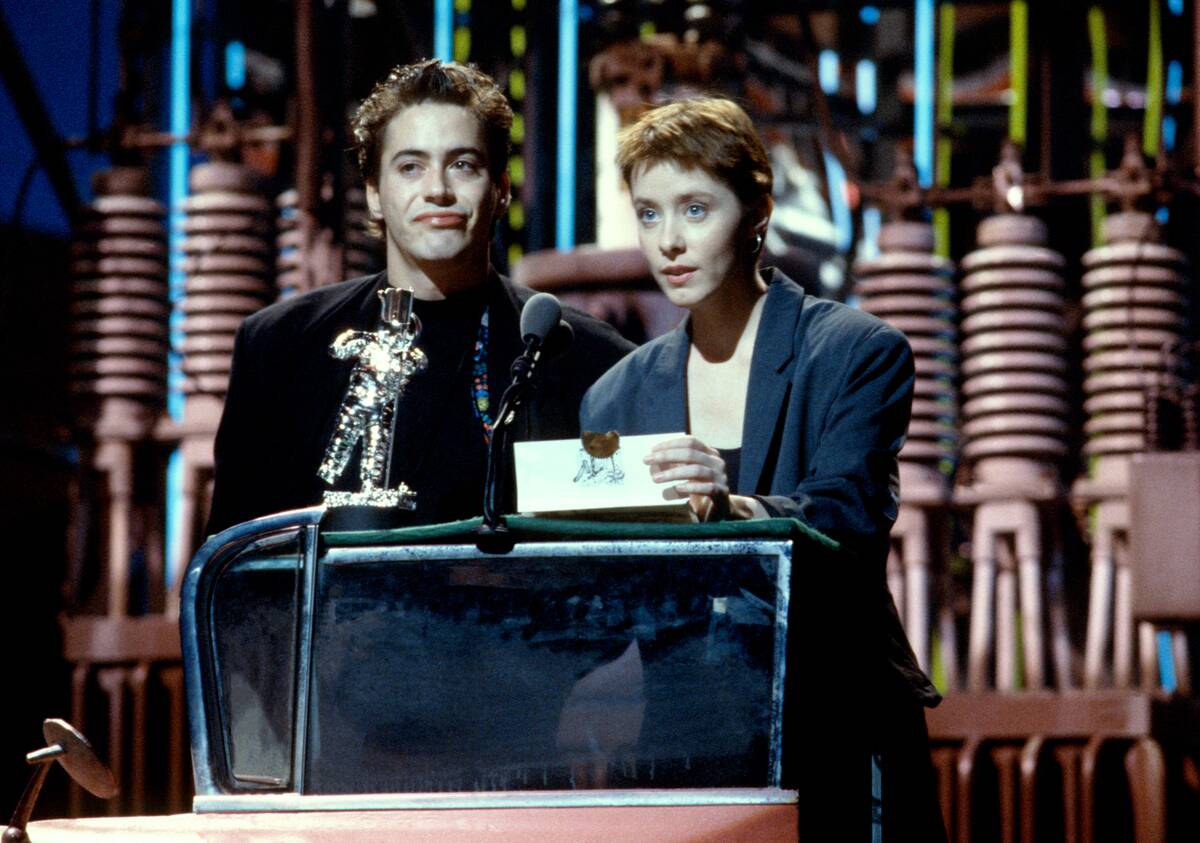
While MTV dominated the music video scene, other networks sprang up to cater to various audiences. VH1, launched in 1985, targeted an older demographic with softer rock and pop hits. BET, focusing on African American artists, became a vital platform for R&B and hip-hop.
These networks provided diverse musical programming, allowing different genres and artists to find their niche. The proliferation of music television networks expanded the reach of music videos, making them an integral part of music promotion and consumption.
The Influence of Iconic Music Videos: Visuals Meet Sound
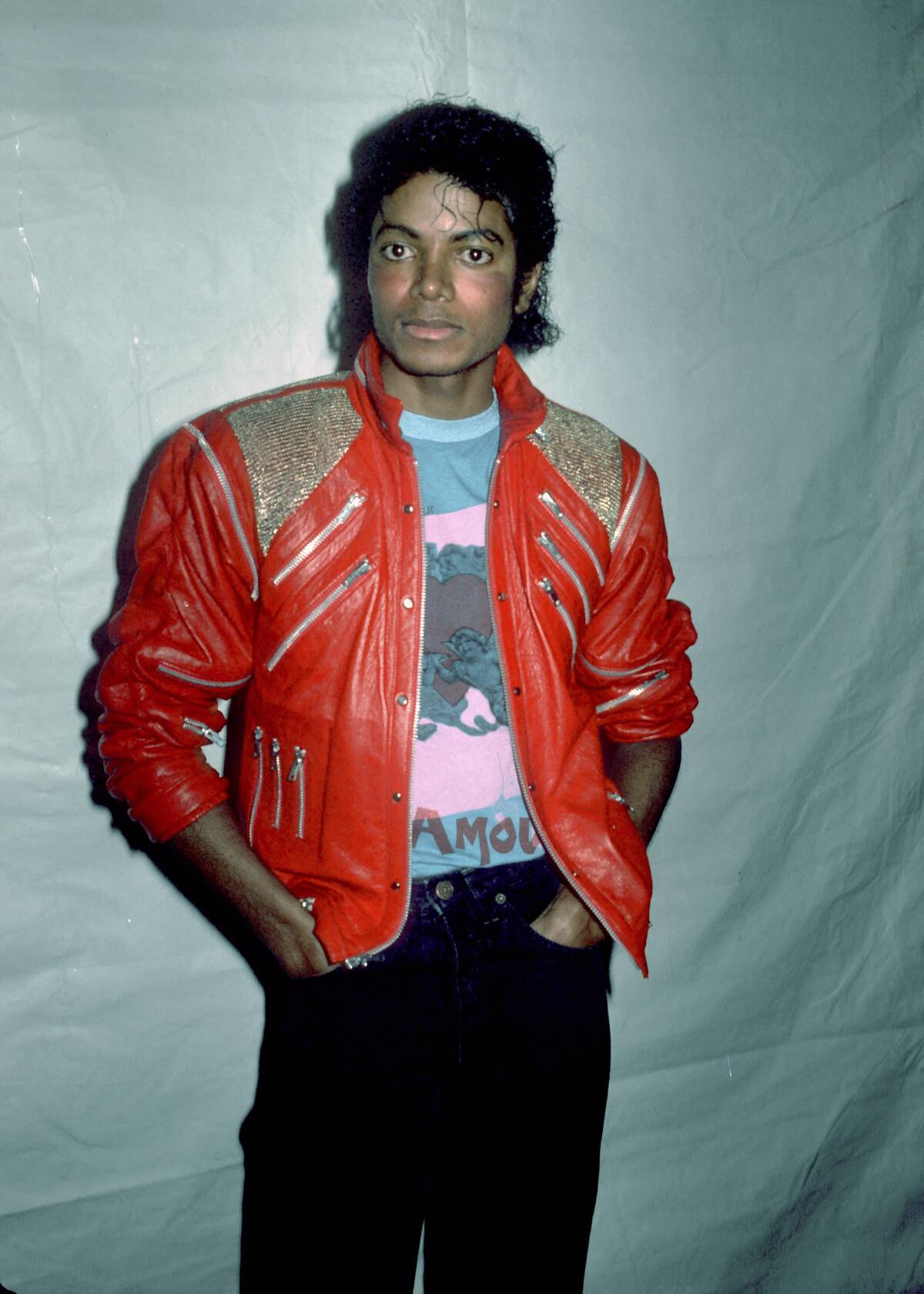
Music videos became an art form in their own right during the 80s, with directors like John Landis and David Fincher crafting visually stunning narratives. Michael Jackson’s ‘Thriller’ set a new standard, with its cinematic approach and groundbreaking choreography.
These videos weren’t just promotional tools—they were cultural events that people eagerly anticipated. Artists used visuals to complement their music, creating a multi-sensory experience that left a lasting impact. The 80s proved that music videos were a powerful medium for storytelling and artistic expression.
The Rise of the Mega Pop Star: Larger Than Life Personalities
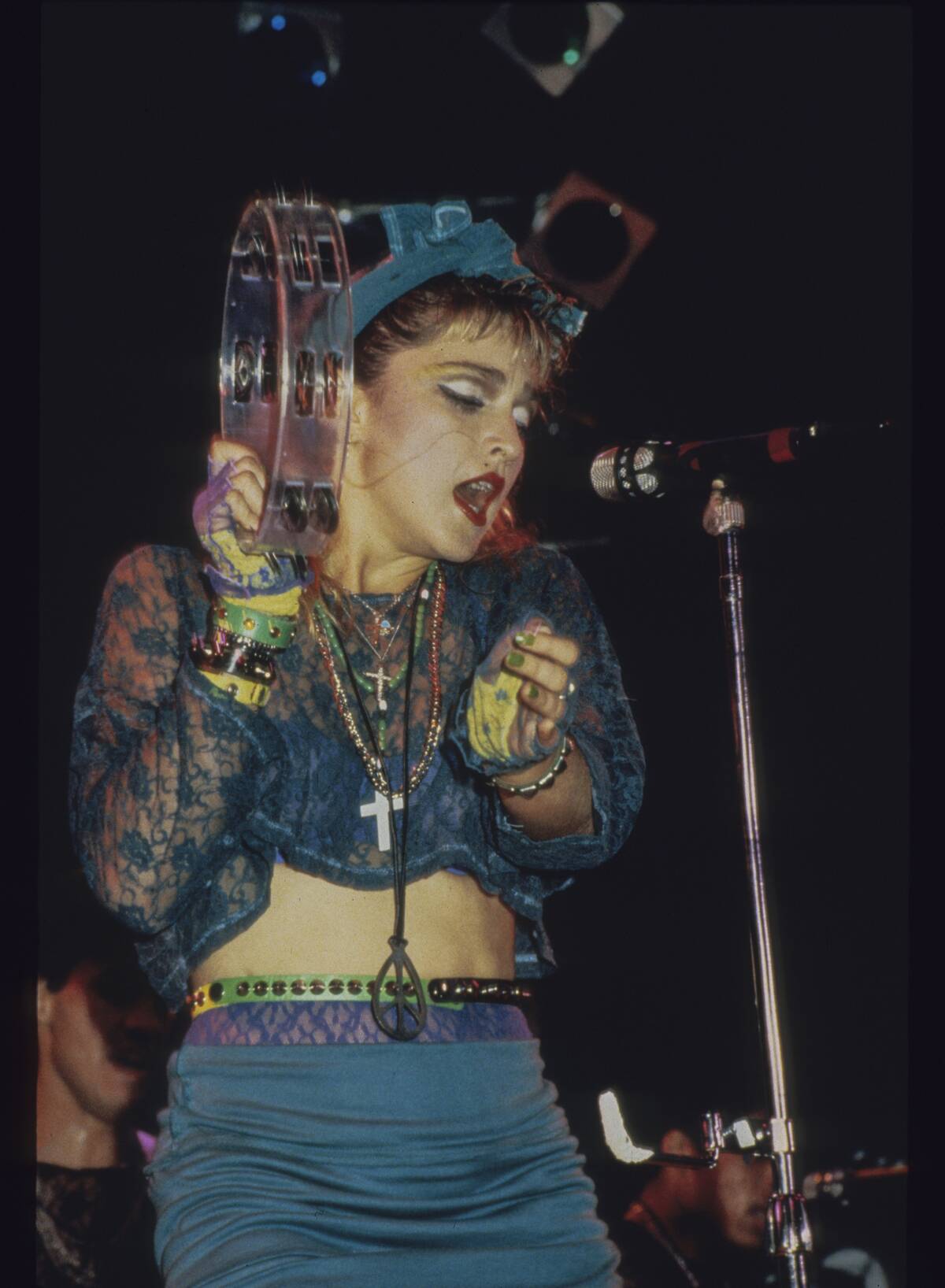
The 80s were marked by the rise of mega pop stars who dominated the charts and captured the public’s imagination. Icons like Madonna, Prince, and Michael Jackson became household names, known for their extravagant performances and undeniable talent.
These artists weren’t just musicians—they were cultural phenomena who influenced fashion, dance, and media. Their larger-than-life personas and innovative music videos elevated them to superstardom, setting the stage for future generations of pop icons.
Radio’s Evolution: From AM to FM and Beyond
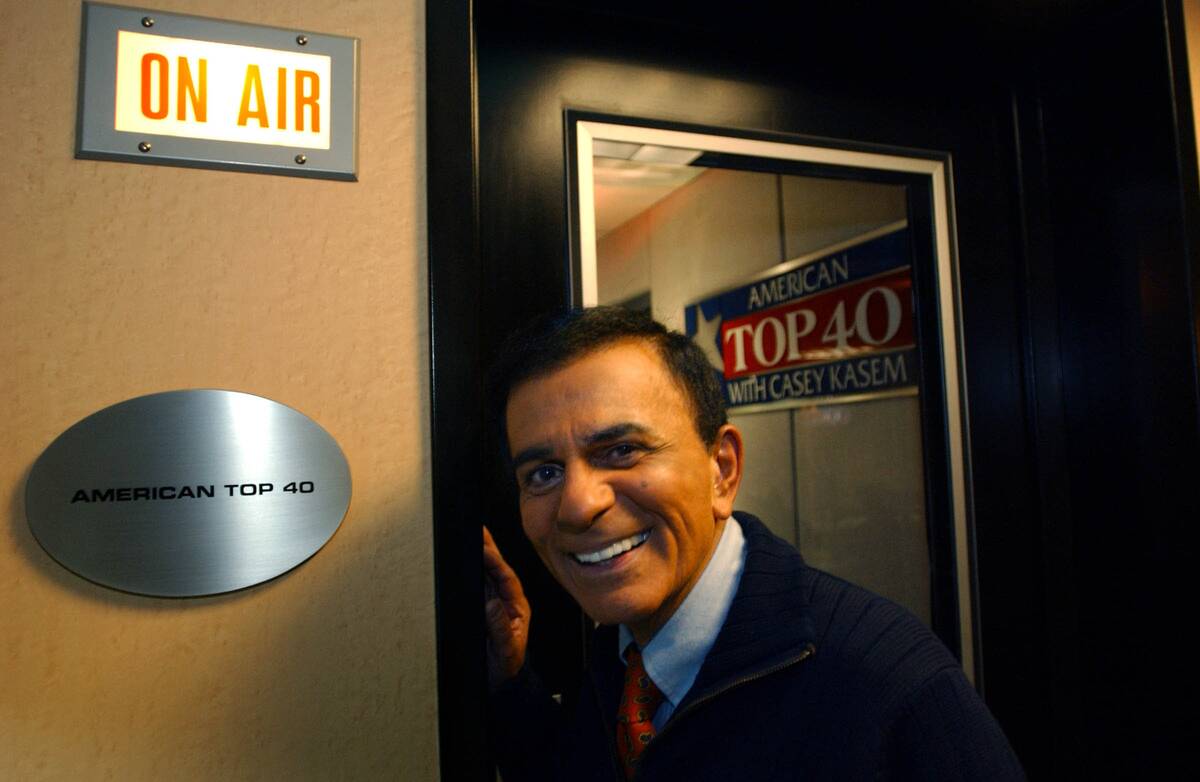
The 80s saw a significant shift in radio broadcasting, with FM stations overtaking AM due to superior sound quality and stereo broadcasting. This transition allowed for a more diverse range of music to be played, including album-oriented rock (AOR) and new wave.
Specialty shows and countdowns became popular, with Casey Kasem’s ‘American Top 40′ gaining a massive following. Radio continued to be a critical platform for music discovery, even as television and other mediums began to compete for listeners’ attention.
The Concert Experience: Stadium Tours and Live Spectacles
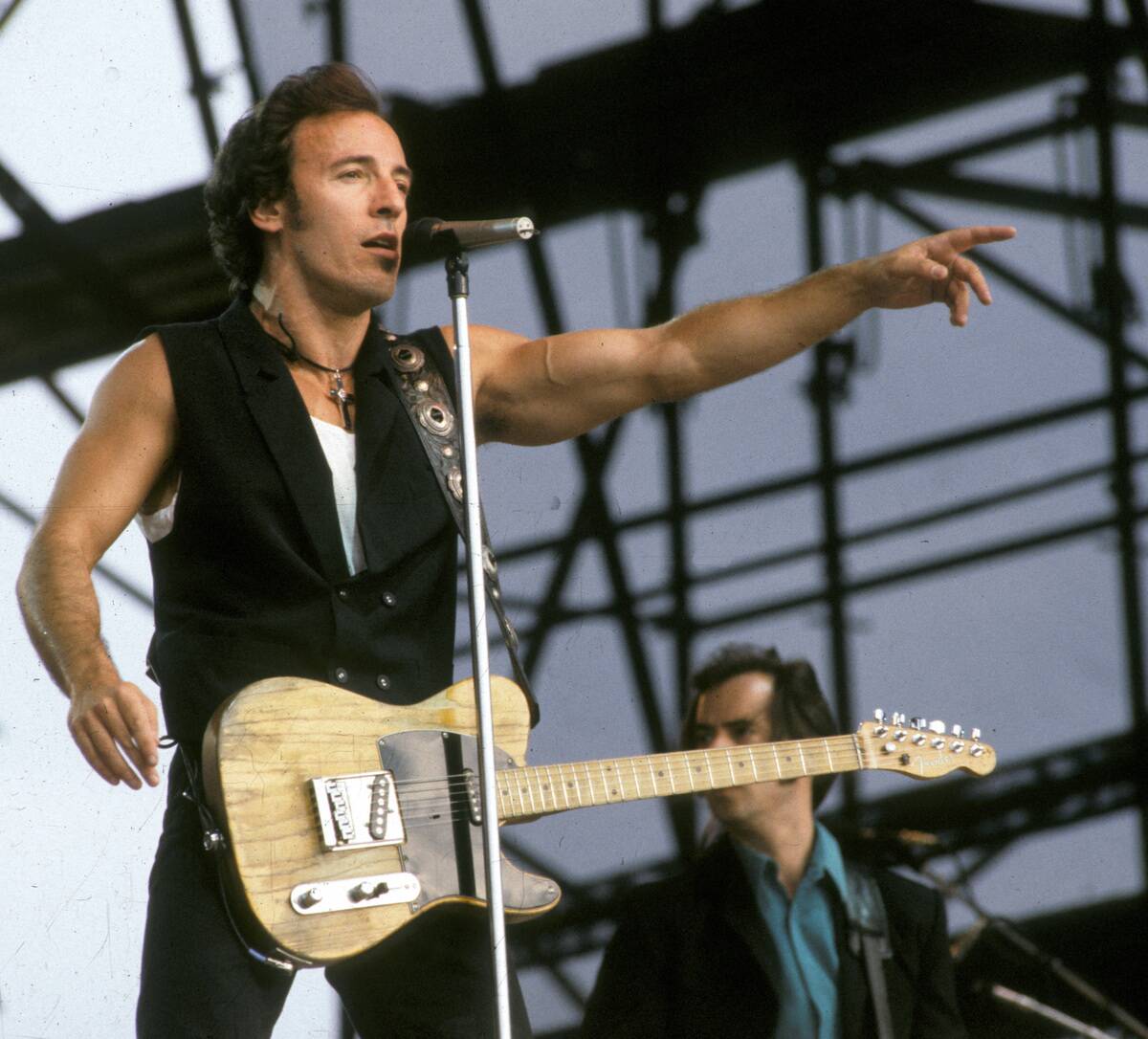
The 80s were a golden era for live music, with stadium tours becoming grand spectacles that drew massive crowds. Artists like U2 and Bruce Springsteen thrived on the energy of live performances, often playing to sold-out arenas worldwide.
These concerts were more than just music—they were immersive experiences with elaborate stage designs and pyrotechnics. The demand for live shows soared, solidifying the concert experience as a key aspect of an artist’s career and a must-attend event for fans.
Genre Fusion: Blurring the Lines Between Musical Styles
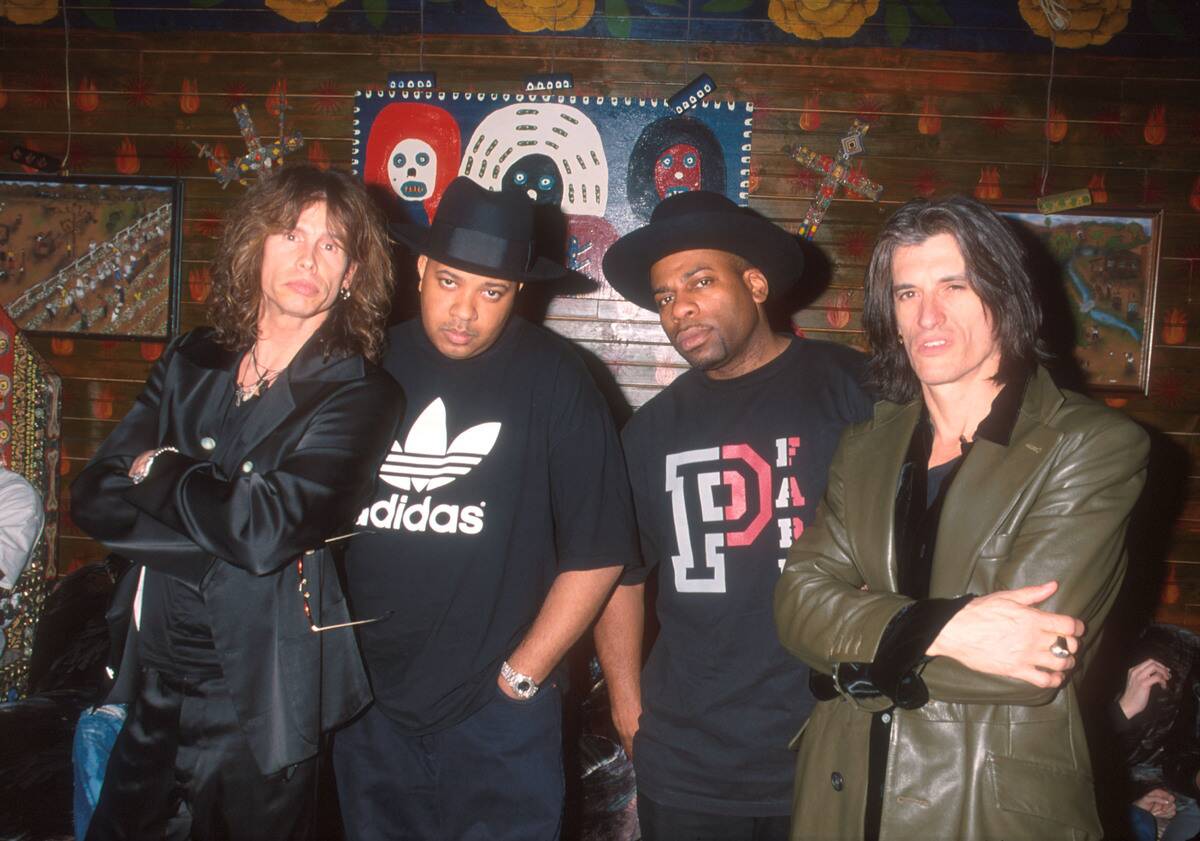
The 80s were a time of genre experimentation, with artists blending different styles to create unique sounds. The Police combined rock, reggae, and punk, while artists like Prince effortlessly fused funk, rock, and pop.
This era saw the rise of genre-defying collaborations, such as Aerosmith and Run-D.M.C.’s ‘Walk This Way,’ which brought rock and hip-hop together. This blending of styles broke down musical barriers, paving the way for future innovations and highlighting the universal language of music.
The Role of Film and TV: Soundtracks That Defined a Generation
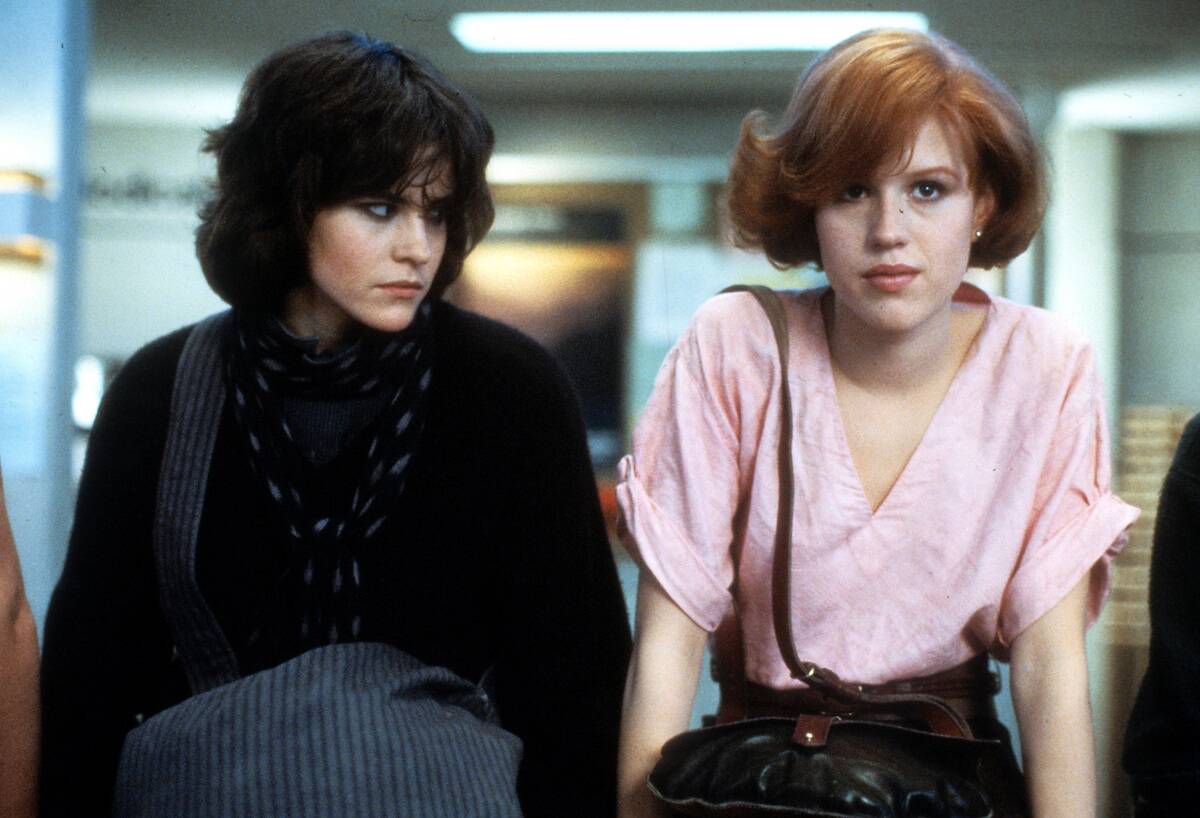
Movies and television shows of the 80s often featured memorable soundtracks that became synonymous with the era. Films like Footloose and The Breakfast Club introduced audiences to hit songs that are still beloved today.
Television shows also utilized music to enhance storytelling, with theme songs becoming iconic in their own right. These soundtracks not only complemented the visuals but also played a crucial role in defining the cultural landscape of the time, leaving an indelible mark on popular culture.
The Impact of Music Charts: Billboard’s Influence on Listening Habits
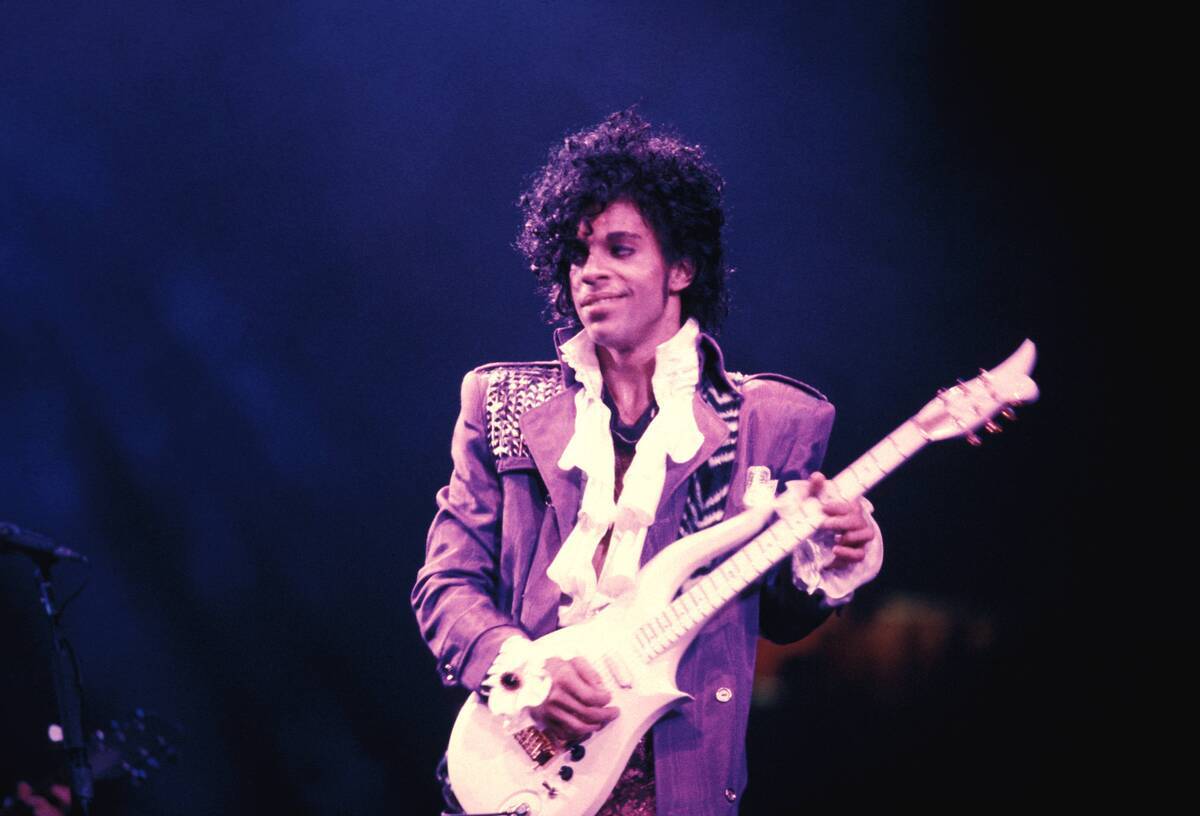
During the 80s, Billboard charts became a key indicator of an artist’s success, influencing radio play and record sales. The Hot 100 list was eagerly anticipated each week, with fans and industry insiders tracking the rise and fall of their favorite songs.
Chart-topping hits often received more airplay, creating a cycle that reinforced their popularity. This era saw the emergence of the year-end charts, which highlighted the most successful songs and albums, further cementing the importance of chart performance in shaping musical trends.
Cassette Culture: Mixtapes and DIY Music Sharing
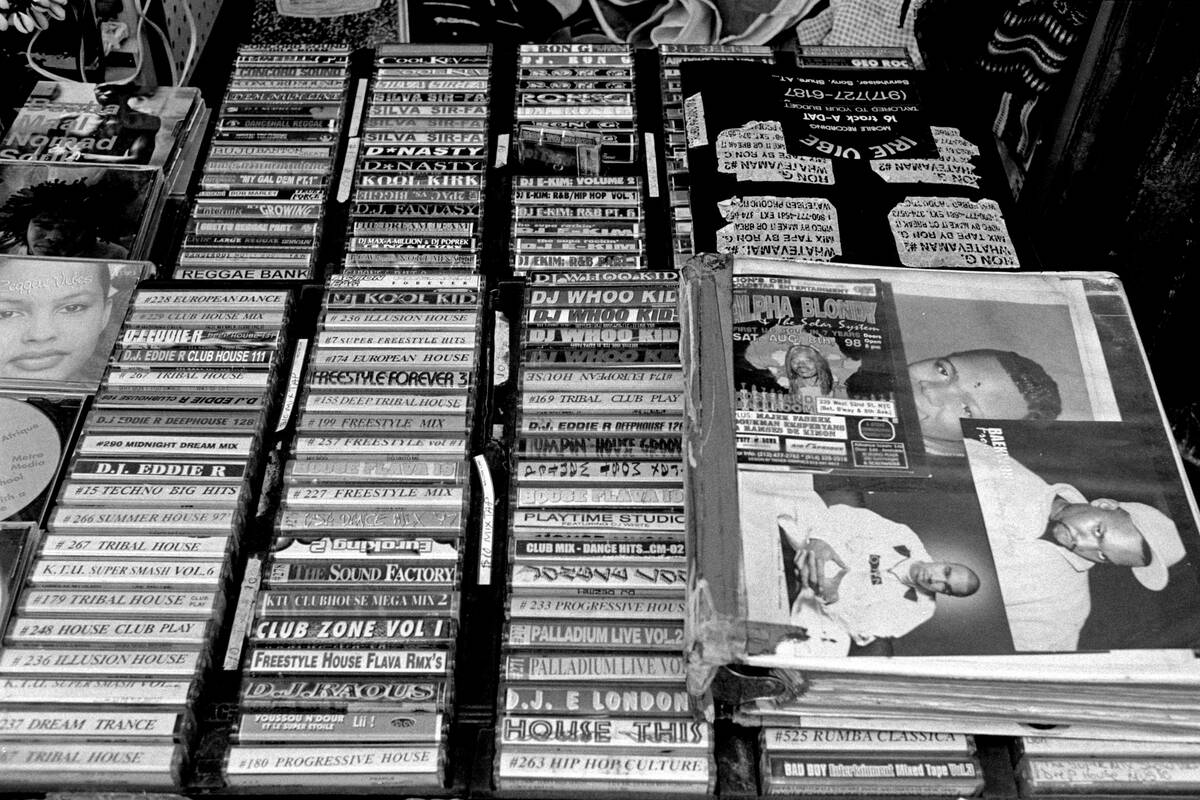
The cassette tape was a staple of 80s music culture, offering a convenient and affordable format for music lovers. Mixtapes became a popular way to share music, allowing individuals to curate personal playlists for friends and loved ones.
This DIY approach to music sharing fostered a sense of community, as people swapped tapes and discovered new artists. The portability and affordability of cassettes contributed to their widespread appeal, making them a beloved medium for music enthusiasts throughout the decade.



